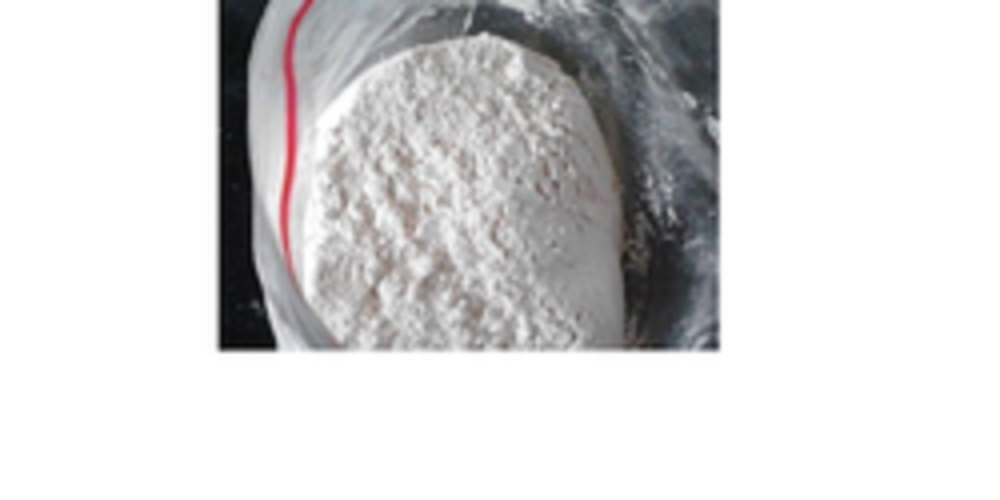Sodium Chloride
40.0 INR/Kilograms
Product Details:
- Melting Point 801 C
- Loss on Drying Not more than 0.1% 0.5% (w/w)
- Heavy Metal (%) Not more than 10 ppm
- Ph Level Neutral (when dissolved in water, pH ~7)
- Molecular Formula NaCl
- Smell No Smell
- Particle Size < 100 microns
- Click to View more
X
Sodium Chloride Price And Quantity
- 25 Kilograms
- 40.0 INR/Kilograms
Sodium Chloride Product Specifications
- NaCl
- No Smell
- White crystalline solid (table salt)
- 801 C
- Sodium Chloride
- Not more than 0.1% 0.5% (w/w)
- Not more than 10 ppm
- Pharmaceutical Intermediates
- Neutral (when dissolved in water, pH ~7)
- 7647-14-5
- 5 Years
- Powder
- Room Temperature
- Freely soluble
- < 100 microns
- 1413 C
- Salty
- Medicine Grade
Sodium Chloride Trade Information
- INDIA
- Cash Advance (CA), Cash in Advance (CID), Letter of Credit at Sight (Sight L/C), Telegraphic Transfer (T/T), Letter of Credit (L/C)
- 1000 Kilograms Per Day
- 7 Days
- No
- Free samples are available
- DRUM
- Asia, North America, South America, Eastern Europe, Western Europe, Middle East, Australia, Central America, Africa
- WE PROVIDES ALL KIND OF CERTIFICATIONS AS YOU REQUIRED
Product Description
The chemical compound sodium chloride, commonly called salt, has the chemical formula NaCl, which represents a 1: 1 ratio of sodium ions to chloride ions. 100 g of NaCl contains 39.34 g Na and 60.66 g Cl, respectively, both of which have molar masses of 22.99 and 35.45 g / mol.
Sodium Chloride Properties:
- CAS No.: 7647-14-5
- Formula: NaCl
- Molecular Weight: 58.44
- Deleted CAS: 11062-32-1|11062-43-4|418758-90-4|8028-77-1
- Synonyms: Sodium chloride (8CI);Table salt; Crude Salt (NaCl);Crude salt;Sodium chloride for injection;Rock salt; Sodium chloric;Saline;Halite;Common salt;Hypersal;Natriumchlorid;Sodium chloride Pharma;Anhydrous sodium chloride;Rode Salt;
- EINECS: 231-598-3
- Density: 2.165 g/cm3
- Melting Point: 801 C, 1074 K, 1474 F
- Boiling Point: 1413 C, 1686 K, 2575 F
- Solubility: in water: 359 g/L, in ammonia: 21.5 g/L, in methanol: 14.9 g/L
- Appearance: Colorless crystals
How does it work?
Body water is regulated by sodium, an electrolyte. Nerve impulses and muscle contractions are also mediated by sodium. Dehydration, excessive sweating, and other causes of sodium loss are treated or prevented by sodium chloride.
Applications Or where it is used:
Sodium chloride has been used for many years to flavor and preserve foods. When used as a preservative, salt prevents the spoilage of foods such as meats and cheeses that have been prepared for consumption. Sauerkraut, pickles, and kefir are fermented using salt.
Manufacturing process:
Rock salt/table salt is commonly called sodium chloride. It is produced by evaporating seawater. Rock salt, as well as seawater and other natural and artificial brines, is used in the manufacture of commercial salt. Water is pumped into underground salt beds to create artificial brines.
How to use:
Drink 8 ounces of water with this medicine. You can take sodium chloride with or without food. Your blood may need to be tested frequently to make sure it is helping your condition. Schedule regular doctor's appointments.
Side effects:
- Irritation
- Joint pain, stiffness, or swelling
- Redness of the skin
- Fast heartbeat
- Hives, itching, or rash
- Hoarseness
- Shortness of breath
- Swelling of the eyelids, face, lips, hands, or feet
Warnings and precautions while using this product:
- Exhaust ventilation should be adequate in the work area. Regularly vacuum dust to minimize the risk of airborne exposure.
- Keep your eyes protected if/when eye contact is likely to occur.
- Wear gloves and protective clothing to prevent skin contact.
Tell us about your requirement

Price:
Quantity
Select Unit
- 50
- 100
- 200
- 250
- 500
- 1000+
Additional detail
Mobile number
Email











 : nilesh.sheth70
: nilesh.sheth70
